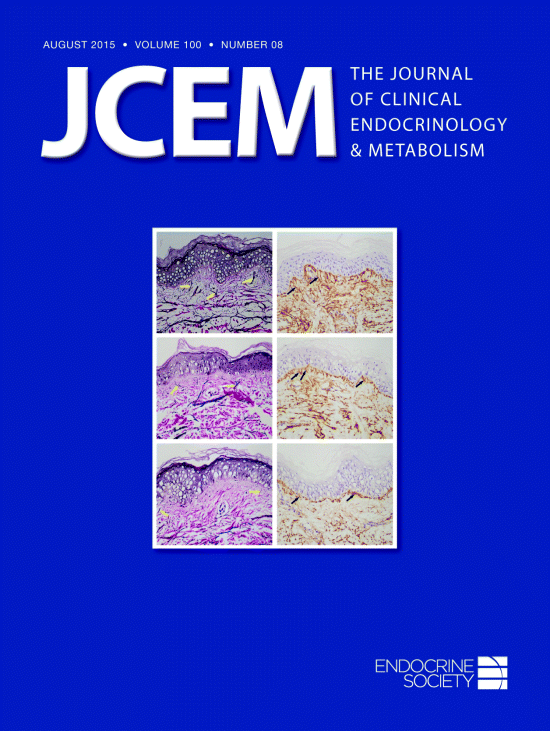Can the use of commonly prescribed antibiotics increase the risk of developing type 2 diabetes? Find out what a new study has found about the link between diabetes and antibiotic use.

People who developed Type 2 diabetes tended to take more antibiotics in the years leading up to the diagnosis than people who did not have the condition, according to a new study published in the Endocrine Society’s Journal of Clinical Endocrinology & Metabolism.
A person develops diabetes, which is characterized by high blood sugar levels, when the individual cannot produce enough of the hormone insulin or insulin does not work properly to clear sugar from the bloodstream.
More than 29 million Americans have diabetes, according to the Society’s Endocrine Facts and Figures report. Type 2 diabetes, the most common form of the condition, accounts for 90 to 95 percent of all cases.
“In our research, we found people who have Type 2 diabetes used significantly more antibiotics up to 15 years prior to diagnosis compared to healthy controls,” said one of the study’s authors, Kristian Hallundbæk Mikkelsen, MD, of Gentofte Hospital in Hellerup, Denmark. “Although we cannot infer causality from this study, the findings raise the possibility that antibiotics could raise the risk of Type 2 diabetes. Another equally compelling explanation may be that people develop Type 2 diabetes over the course of years and face a greater risk of infection during that time.”
Continue Reading Below ↓↓↓
As part of the population-based case-control study, researchers tracked antibiotic prescriptions for 170,504 people who had Type 2 diabetes and for 1.3 million people who did not have diabetes. The researchers identified the subjects using records from three national health registries in Denmark.
People who had Type 2 diabetes filled 0.8 prescriptions a year, on average. The rate was only 0.5 prescriptions a year among the study’s control subjects. Individuals who filled more prescriptions were more likely to be diagnosed with Type 2 diabetes.
Many types of antibiotics were associated with a higher risk of diabetes, but there was a stronger link with the use of narrow-spectrum antibiotics such as penicillin V.
Past research has shown that antibiotic treatments can alter the bacteria in an individual’s gut. Studies suggest certain gut bacteria may contribute to the impaired ability to metabolize sugar seen in people with diabetes.
This may explain why higher rates of antibiotic use are associated with the development of Type 2 diabetes, but more research is needed to explain the findings, Mikkelsen said.
“Diabetes is one of the greatest challenges facing modern health care, with a globally increasing incidence” he said. “Further investigation into long-term effect of antibiotic use on sugar metabolism and gut bacteria composition could reveal valuable answers about how to address this public health crisis. Patterns in antibiotic use may offer an opportunity to prevent the development of the disease or to diagnose it early.”
Other authors of the study include: Filip K. Knop of the University of Copenhagen; and Morten Frost, Jesper Hallas and Anton Pottegård of the University of Southern Denmark in Odense, Denmark.
Study: “Use of Antibiotics and Risk of Type 2 Diabetes: A Population-based Case-control Study”
Source: The Endocrine Society
Journal: Journal of Clinical Endocrinology and Metabolism










